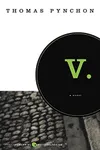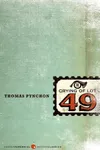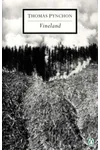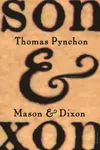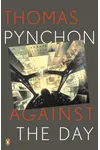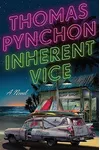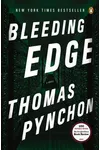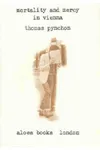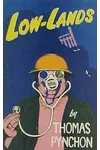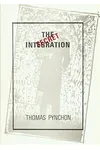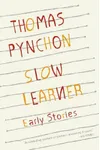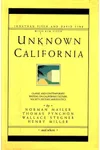Picture a reclusive American novelist whose labyrinthine tales blend history, science, and pop culture with a wink—meet Thomas Pynchon! Born in 1937, Pynchon’s genre-defying works, like the iconic Gravity’s Rainbow, have cemented him as a literary titan. His knack for weaving complex narratives with humor and paranoia makes him a must-read for adventurous book lovers.
Yet, Pynchon remains an enigma, shunning the spotlight and letting his books do the talking. Ready to dive into his world? Let’s unravel the man behind the prose and explore why his stories still captivate readers worldwide.
The Making of Thomas Pynchon
Thomas Pynchon was born on May 8, 1937, in Glen Cove, New York. Growing up on Long Island, he showed early brilliance, graduating high school at 16. He studied engineering physics at Cornell University but switched to English, where he soaked up influences from modernist writers like James Joyce and William Faulkner. After a stint in the Navy, Pynchon worked as a technical writer for Boeing, an experience that later flavored his fascination with science and technology.
His writing career kicked off with short stories in the late 1950s, but it was his debut novel, V. (1963), that put him on the map. The book’s intricate plot and quirky characters hinted at the audacious style that would define his career.
Thomas Pynchon’s Unforgettable Stories
Pynchon’s novels are like literary roller coasters—thrilling, disorienting, and packed with surprises. His magnum opus, Gravity’s Rainbow (1974), is a sprawling World War II epic that mixes rocket science, conspiracy theories, and absurd humor. It won the National Book Award and is often hailed as one of the greatest novels of the 20th century, though its dense prose can be a wild ride.
Other gems include The Crying of Lot 49 (1966), a slim but potent mystery about a secret postal system, and Mason & Dixon (1997), a playful take on the surveyors who drew the famous American boundary line. Pynchon’s style is unmistakable: think labyrinthine plots, quirky character names (like Tyrone Slothrop or Oedipa Maas), and a knack for blending highbrow ideas with lowbrow gags.
His themes—paranoia, entropy, and the collision of technology and humanity—resonate across his works. Whether he’s riffing on history or pop culture, Pynchon’s books invite readers to question reality and embrace the chaos.
Why Thomas Pynchon Matters
Pynchon’s influence stretches far beyond the page. His boundary-pushing novels helped shape postmodern literature, inspiring writers like David Foster Wallace and Zadie Smith. His ability to blend science, history, and humor has made him a cult favorite among readers who crave stories that challenge and entertain.
Despite his reclusiveness, Pynchon’s voice remains vibrant, offering a lens on the absurdities of modern life. His works remind us to stay curious, question authority, and find joy in the unexpected. In a world of information overload, Pynchon’s stories are a playful antidote.
About Thomas Pynchon
- Born: May 8, 1937, in Glen Cove, New York
- Key Works: V. (1963), The Crying of Lot 49 (1966), Gravity’s Rainbow (1974), Mason & Dixon (1997)
- Awards: National Book Award for Fiction (1974) for Gravity’s Rainbow
- Fun Fact: Pynchon voiced himself in a cameo on The Simpsons, poking fun at his reclusive nature!
Ready for a literary adventure? Snag The Crying of Lot 49 or Gravity’s Rainbow and dive into Thomas Pynchon’s wild, wonderful world of postmodern chaos!
